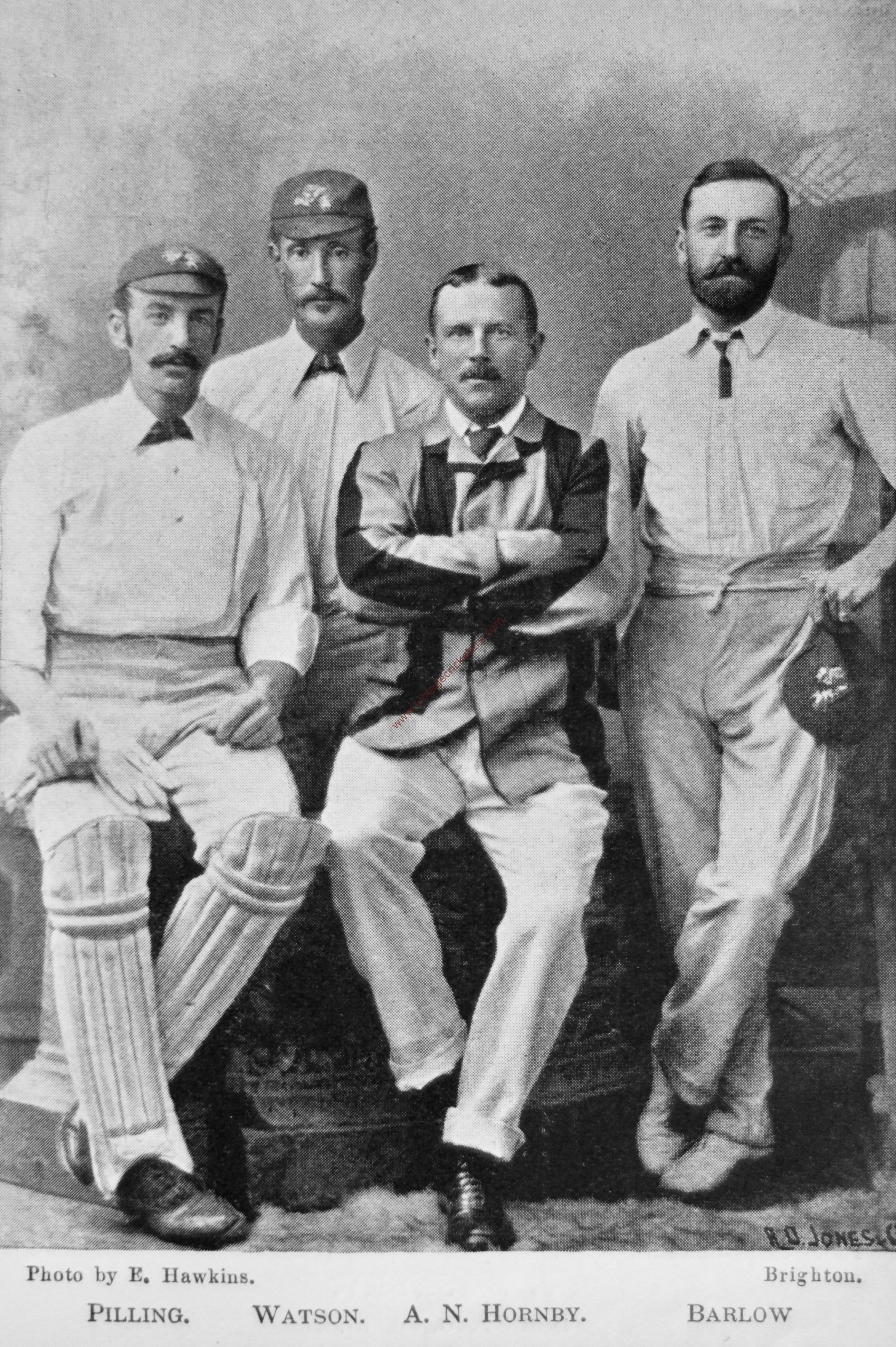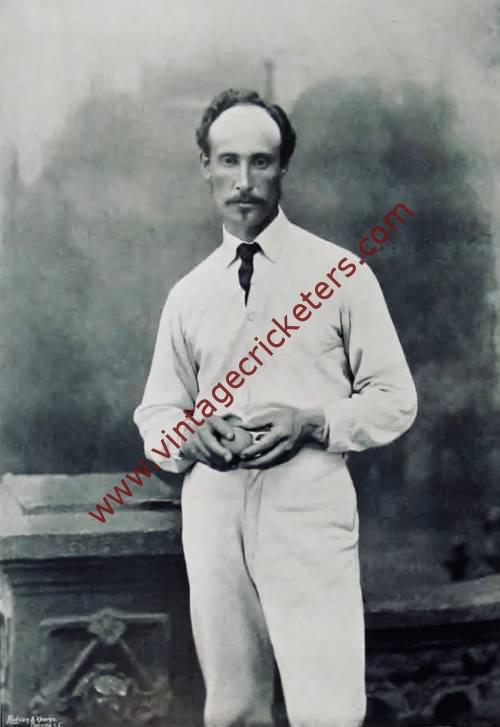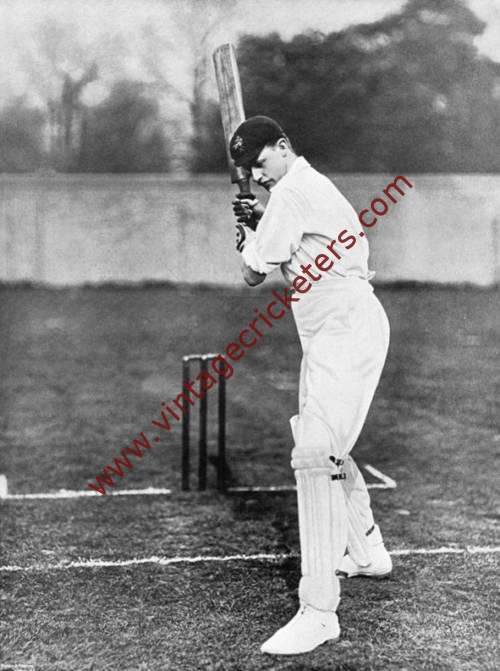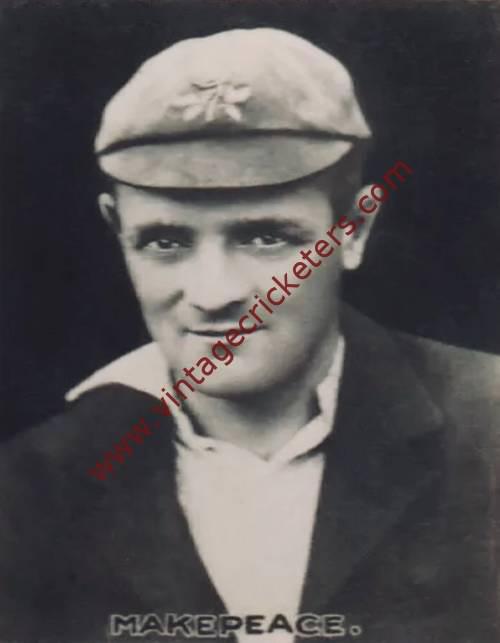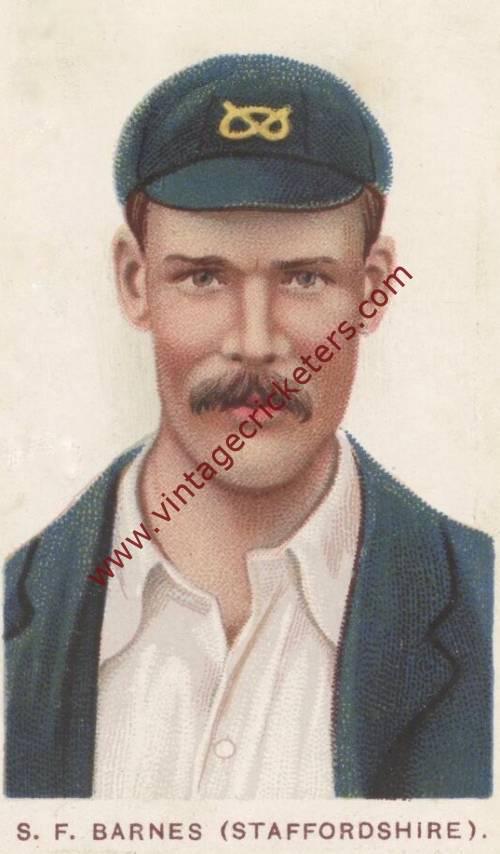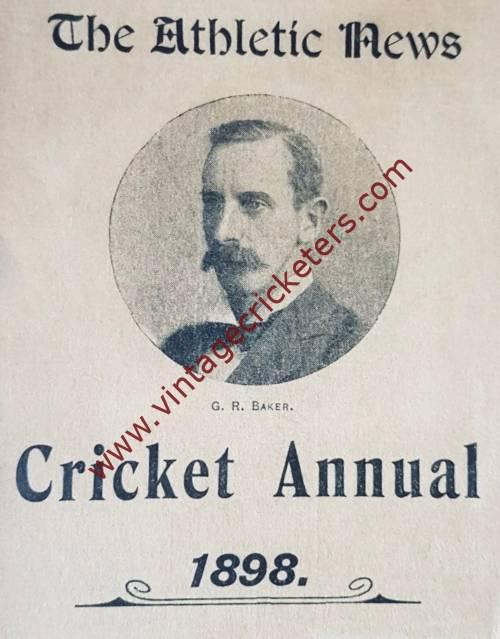Description
Coatbridge, Lanarkshire born Alec Watson was one of the first long-serving professionals for Lancashire, and in his prime formed part of an exceedingly formidable bowling attack with Allan Steel, Dick Barlow and John Crossland that lifted Lancashire from an upstart County to the most powerful in domestic cricket, winning twenty-two and only losing one of twenty-nine County games in 1881 and 1882.
Watson learned his cricket in his native Scotland for the Drumpelier and Edinburgh Clubs as a right-arm fast bowler, but attracted no attention until he moved to Rusholme (Manchester) in 1869 where he was discovered by Lancashire as a slow bowler in the contemporary round-arm style; however, Watson had an unusually deceptive flight for his time and could vary his stock off-break with a ball that turned the other way to great effect. Moreover, Watson was an exceptionally accurate bowler and his short stature and consequent low trajectory meant he was impossible for contemporary batsmen to jump out to and hit. He played for the first time in 1871 but did not bowl; however in the following season he became a regular member of a County team that played only four matches but won them all using merely three bowlers: Watson, Arthur Appleby and William McIntyre!
In the following four years, Watson established himself very close to the top of the first class bowling averages until he ceased being a regular member of the Lancashire eleven. He took 9-118 against Derbyshire in 1874; amazingly despite taking seven wickets in an innings sixteen times he never took eight or more again. In 1877, owing to the absence of Alfred Shaw and the decline of fifty year old Southerton, Watson was for the first time called upon for representative cricket, playing for “England” against the Marylebone Cricket Club and taking on a sticky wicket his best ever match return of 14-49; however, “England” were dismissed by Fred Morley and William Mycroft for 26 and lost the match. Watson also played for the Players in a thrilling game against the Gentlemen, taking 5-60, but the following season the return of Shaw and the emergence of Lancashire teammate Steel meant he had no chance of distinguishing himself in representative matches except late in the season against the Australians, where he failed to take a wicket on a very helpful pitch even for the time.
The widespread belief that Watson’s delivery was unfair, and that he used his jerky action to flight the ball into strong breezes, further prejudiced his chances of becoming a representative cricketer with stiff competition from Shaw and Peate, but from 1879 until 1887 Watson was a vital cog in a Lancashire team that in 1881 so dominated its opponents that they averaged less than eleven runs per wicket whilst the Lancastrians scored over 23 and were unofficially recognised as “Champion County” for the first time. Watson was fifth in the national averages in 1880, fourth in 1881 and for the first time in his career at the top in 1883 despite the driest summer since the heavy roller was first widely used.
After two moderate years, Watson at 41 returned to the top of the national average in 1886 with an amazing start that yielded 28 wickets for 143 runs in his first three games, whilst in the extremely dry season of 1887 he bowled with superb accuracy to be difficult even on pitches more favourable to batting than ever known in England before. His 100 wickets that summer constituted Watson’s largest single-season aggregate, but in the very wet season of 1888 he faltered badly, taking 69 wickets for a modest average in the circumstances.
The arrival of controversial speedster Arthur Mold complemented Watson and Johnny Briggs to form a very powerful three-pronged attack in the following two years, but in 1891 injury took its toll on Watson’s ageing body and he took only 29 wickets. In 1892 it was thought Watson at 47 “had not lost his cunning”, but early in the 1893 he was dropped after taking only one wicket in three games. Watson did play once more for Lancashire in 1895, and when Briggs had lost form and Mold strained himself, was asked to play again at the unparalleled age of 54 late in 1898, but he declined. Nonetheless, Watson did play one match at the age of 59 for Buckinghamshire in 1904, for whom his former teammate and equally controversial slow bowler George Nash had played in the six years before his death.
In 303 first class matches Alec Watson took 1,384 wickets at 13.31 a piece, with a best bowling performance of 9-118. He took ten wickets in a match 27 times and five wickets in an innings 106 times. His batting was also useful for a lower order player, scoring 4,492 runs at a 12.58 average with four half centuries and a top score of 74. He also took 276 catches and dismissed one batsman in a stumping when filling in as an emergency wicket-keeper.
NB in the photograph Watson is second from the left between Lancashire team mates wicket-keeper Dick Pilling and Albert “Monkey” Hornby, with Dick Barlow far right.

